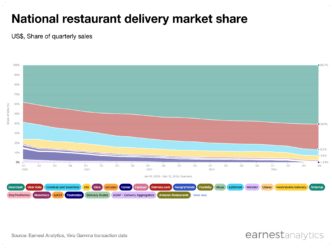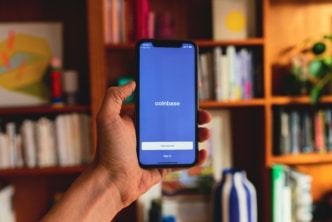Decoding Transaction Data: Winning E-Commerce Strategies for Retailers
This episode of Earnest Talks features Dr. Xiaodan Pan (Concordia University) and Professor Martin Dresner (University of Maryland), who discuss retail strategies that have persisted since the pandemic, and how brands can harness consumer data to understand emerging e-commerce trends.
Martin Dresner on their methodology for measuring department store performance: “Thanks to Earnest, we were able to get some data on sales during the pandemic from several department stores, and we gathered the data for a cross section of time that included both the pre-pandemic and the pandemic period…We had data for various markets or cities across the United States. We had the level of the containment and health measures that were implemented in these markets. We had the strategies department stores were implementing. And then we had some performance data, that is, sales that department stores were making in these particular markets. So we could see how both the containment and health measures and also the strategies influence the sales performance of department store change in the various markets.”
Xiaodan Pan on macro consumer shopping behavioral trends: “Nowadays, especially after the pandemic, we see the trend that more and more consumers have become multichannel consumers. There are some consumers that may want to research in-store, but make purchases online. We call them showrooming consumers. On the other hand, there are some consumers that may want to research online and finally, make purchases in-store. We call these webrooming consumers…To accommodate consumer multichannel research shopping, retailers can offer a bundle of strategies, or they can orchestrate those resources, to achieve a competitive advantage in the market. This is the background for flexible e-commerce strategies.”
Xiaodan Pan on the granularity of Earnest’s data: “Based on our research experience, I feel that the very valuable part of Earnest data is that it offers market variation. For example, in this study, we focused on over 700 small and mid-sized cities. They have populations from 50,000 to 500,000. When we conduct the research, we can reduce the complexity of cities, because we all know a big city is kind of equal to many small cities. That’s the reason for this study: we focus on small and mid-sized cities.”
Martin Dresner on future research topics using Earnest consumer transaction data: “We’re looking further at the adoption of virtual try-on technology on sales performance…we have collected data from Earnest Analytics on the eyewear industry. Actually, virtual try-on technology is probably most mature in the eyewear industry. People use it to buy glasses. And so we’re trying to to see how this technology has impacted various types of retailers, those that are just pure online retailers, those that are pure physical retailers, and those that have both online physical channels. And we have some preliminary results that we’re really pleased with. I think so far, they tell a pretty interesting story.”











